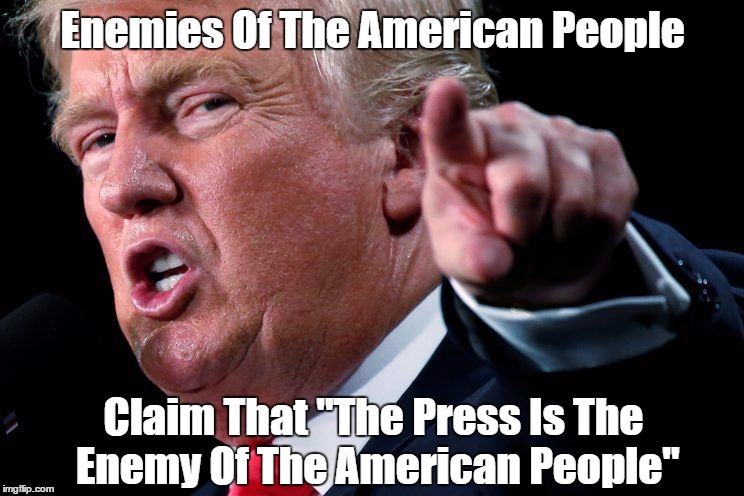
Michael Wolff, the author of the new book “Fire and Fury: Inside the Trump White House,” extracts from which set the Internet ablaze on Wednesday, is an experienced magazine journalist. Among the publications on his résumé are New York, Vanity Fair, and the Hollywood Reporter. A chronicler of media, power, and wealth, Wolff is also willing to dish the dirt, as he demonstrated in a gossipy tome about Rupert Murdoch, which was published in 2008. After that book came out, there was an inquest inside Murdoch’s News Corporation into who had granted Wolff access. Fingers were pointed at Gary Ginsberg, a former Clinton Administration official who served for years as Murdoch’s political adviser, confidant, and fixer. Ginsberg subsequently lost his job, and now works at Time Warner. But, as Wolff noted in a foreword to the paperback edition of the book, Murdoch was the person primarily responsible for the access he gained. The press baron “not only was (mostly) a patient and convivial interviewee but also opened every door I asked him to open,” Wolff wrote.
If there was a similar inquest at 1600 Pennsylvania Avenue about Wolff’s new book, it didn’t take long to identify a culprit. On Wednesday afternoon, the White House press office put out a statement in Trump’s name. “Steve Bannon has nothing to do with me or my Presidency,” it said. “When he was fired, he not only lost his job, he lost his mind . . . . Steve pretends to be at war with the media, which he calls the opposition party, yet he spent his time at the White House leaking false information to the media to make himself seem far more important than he was. It is the only thing he does well.” The statement goes on,“Steve was rarely in a one-on-one meeting with me and only pretends to have had influence to fool a few people with no access and no clue, whom he helped write phony books.”
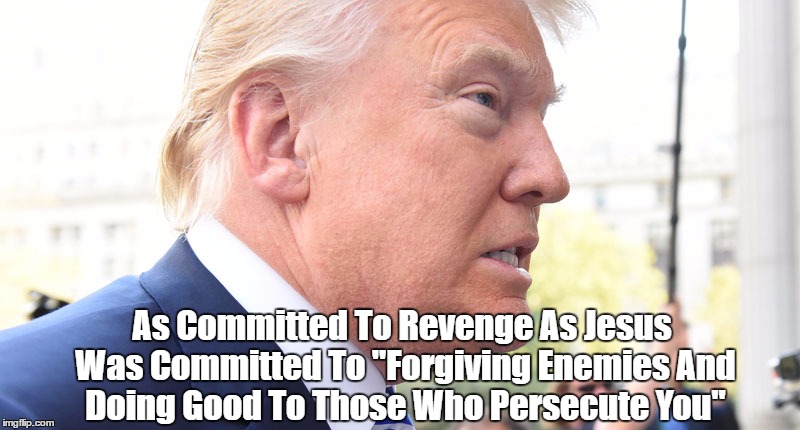

The reason for Trump’s animus was obvious. “Fire and Fury” quotes Bannon, Trump’s former senior political adviser, as having described the June, 2016, meeting at Trump Tower between Donald Trump, Jr., Jared Kushner, Paul Manafort, and a group of people connected to Russia as “treasonous” and “unpatriotic,” and as saying that the meeting should have been reported to the F.B.I. The book contains myriad other damning comments about Trump and his family from Bannon and other Trump advisers.
There can be no doubt that Wolff relied on Bannon heavily. The book, a copy of which I obtained from the publisher, Henry Holt, on Wednesday, starts with the rumpled former investment banker having dinner with Roger Ailes, the late head of Fox News, in early January, 2017, and ends with Bannon standing outside the headquarters of Breitbart, the conservative news organization to which he returned after being ousted from the White House, in August. In the index, Bannon’s entry is considerably longer than anybody else’s except Trump’s.

Bannon wasn’t Wolff’s only source, though. The book is based on “conversations that took place over a period of eighteen months with the president, with most members of his senior staff—some of whom talked to me dozens of times—and with many people who they in turn spoke to,” Wolff writes in the author’s note. His original idea, he says, was to write a fly-on-the-wall account of Trump’s first hundred days. “The president himself encouraged this idea. But given the many fiefdoms in the White House that came into open conflict from the first days of the administration, there seemed no one person able to make this happen. Equally, there was no one to say ‘Go away.’ Hence I became more a constant interloper than an invited guest.”
Wolff’s methods will doubtless attract more scrutiny. In some places, he re-creates entire scenes, complete with dialogue, without explicitly identifying his sources. In others, he attributes withering comments about Trump to some of his current and former aides: “For Steve Mnuchin and Reince Priebus, the president was an ‘idiot.’ For Gary Cohn, he was ‘dumb as shit.’ For H.R. McMaster he was a ‘dope.’ The list went on.” On Wednesday, two people quoted in the book, Tom Barrack, a longtime friend of Trump, and Katie Walsh, a former White House aide, denied having made the negative comments about Trump that Wolff attributed to them. “We know the book has a lot of things, so far that we’ve seen, that are completely untrue,” the White House press secretary, Sarah Huckabee Sanders, said.

Still, the over-all portrait that Wolff draws of a dysfunctional, bitterly divided White House in the first six months of Trump’s Presidency, before the appointment of John Kelly as chief of staff and the subsequent firing of Bannon, has the whiff of authenticity about it—and it echoes news coverage at the time. Other details are impossible to confirm but damning if true. Such was the animosity between Bannon and “Jarvanka”—Bannon’s dismissive term for Ivanka Trump and Jared Kushner—Wolff reports, that, during one Oval Office meeting, Bannon called Ivanka “a fucking liar,” to which Trump responded,“I told you this is a tough town, baby.” Wolff also quotes Bannon commenting gleefully after Trump decided to pull the United States out of the Paris climate agreement, a decision that Ivanka opposed: “Score. The bitch is dead.”
Equally plausible is Wolff’s portrait of Trump as a one-dimensional figure who had no conception that he could win the 2016 election; little clue what to do after he did emerge victorious from the campaign trail; and virtually no interest in, or aptitude for, acquiring the skills and information needed to fulfill the role of President. “Here was, arguably, the central issue of the Trump presidency,” Wolff writes. The Commander-in-Chief “didn’t process information in any conventional sense—or, in a way, he didn’t process it at all.” He continues,
Trump didn’t read. He didn’t really even skim. If it was print, it might as well not exist. Some believed that for all practical purposes he was no more than semiliterate . . . . Some thought him dyslexic; certainly his comprehension was limited. Others concluded that he didn’t read because he didn’t have to, and that in fact this was one of his key attributes as a populist. He was postliterate—total television.
But not only didn’t he read, he didn’t listen. He preferred to be the person talking. And he trusted his own expertise—no matter how paltry or irrelevant—more than anyone else’s. What’s more, he had an extremely short attention span, even when he thought you were worthy of attention.

Confirming long-running news accounts, Wolff reports that Trump often retires in the early evening to his bedroom, where he has three television screens, and interrupts his viewing only to converse by telephone with his friends and cronies, some of them fellow-billionaires. There are revealing, unconfirmed new anecdotes, too, about Trump’s sexism and narcissism. In one meeting, Wolff says, the President referred to Hope Hicks, his communications director, as “a piece of tail.” In another meeting, he described Sally Yates, the former acting Attorney General, whom he fired early in his term, after she refused to defend his original travel ban, as “such a cunt.”
As Wolff tells it, Trump is, ultimately, a self-fixated performer rather than a politician, and his primary goal is to monopolize public attention. (“This man never takes a break from being Donald Trump,” Wolff quotes Bannon as saying.) This depiction probably understates Trump’s devotion to making money, as well as his racism and nativism, both of which go back decades. But, in any case, even performer-Presidents have to make some decisions, and Wolff devotes a good deal of space to the most fateful call Trump has made so far: the firing of the F.B.I. director James Comey, last May. Whether Trump’s firing of Comey amounts to obstruction of justice is a central focus of the investigation being conducted by the special counsel, Robert Mueller, into the President’s behavior.
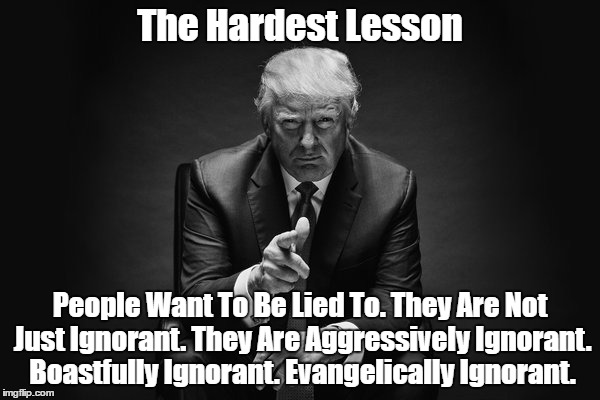
In Wolff’s account, the battle lines inside the White House were clearly drawn. Bannon, Reince Priebus, who served as chief of staff before Kelly, and Donald McGahn, the White House counsel, were adamantly opposed to firing Comey. “McGahn tried to explain that in fact Comey himself was not running the Russia investigation, that without Comey the investigation would proceed anyway,” Wolff writes. In an Oval Office meeting, Bannon told Trump, “This Russian story is a third-tier story, but you fire Comey and it’ll be the biggest story in the world.”
Ranged on the other side of the issue, according to Wolff, were some of Trump’s cronies outside the White House, including Chris Christie and Rudolph Giuliani, who “encouraged him to take the view that the DOJ was resolved against him; it was all part of a holdover Obama plot.” Even more important, Wolff goes on, was the concern of Charles Kushner, Jared’s father, “channeled through his son and daughter-in-law, that the Kushner family [business] dealings were getting wrapped up in the pursuit of Trump.” As the President considered whether to get rid of Comey, Jared and Ivanka “encouraged him, arguing the once possibly charmable Comey was now a dangerous and uncontrollable player whose profit would inevitably be their loss.”

But “Fire and Fury” also stresses that the prime mover in the firing of Comey was Trump himself. In the end, the President cut almost all of his advisers out of his final decision-making process:
Jared and Ivanka were urging the president on, but even they did not know that the axe would shortly fall. Hope Hicks . . . didn’t know. Steven Bannon, however much he worried that the president might blow, didn’t know. His chief of staff didn’t know. And his press secretary didn’t know. The president, on the verge of starting a war with the FBI, the DOJ, and many in Congress, was going rogue.
Eight days after Trump fired Comey, Deputy Attorney General Rod Rosenstein appointed Mueller to take over the Russia investigation. Although the findings of Mueller’s probe aren’t yet known, and Trump’s lawyers insist that the probe will clear the President of any wrongdoing, Wolff was surely right to stress the momentousness of the decision to get rid of the “rat”— Trump’s term for Comey. Wolff recounts near the end of the book that, five months after Comey’s firing, Bannon was predicting the collapse of Trump’s Presidency.
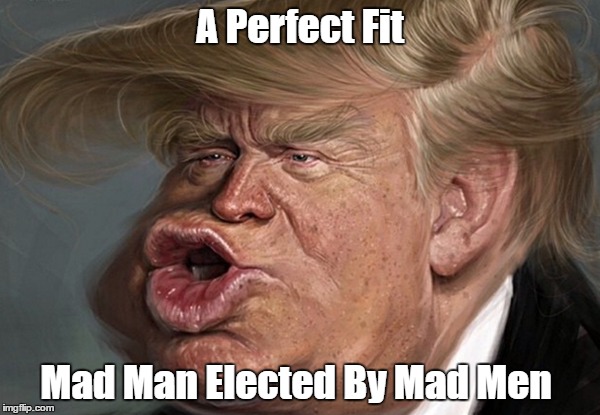
Speaking in Breitbart’s headquarters, which Bannon refers to as the Breitbart Embassy, Bannon told people there was a 33.3-per-cent chance that the Mueller investigation would lead to Trump’s impeachment, a 33.3-per-cent chance that Trump would resign, “perhaps in the wake of a threat by the cabinet to act on the Twenty-Fifth Amendment,” and a 33.3-per-cent chance that he would “limp to the end of his term. In any event, there would certainly not be a second term, or even an attempt at one. ‘He's not going to make it,’ said Bannon at the Breitbart Embassy. ‘He’s lost his stuff.’”
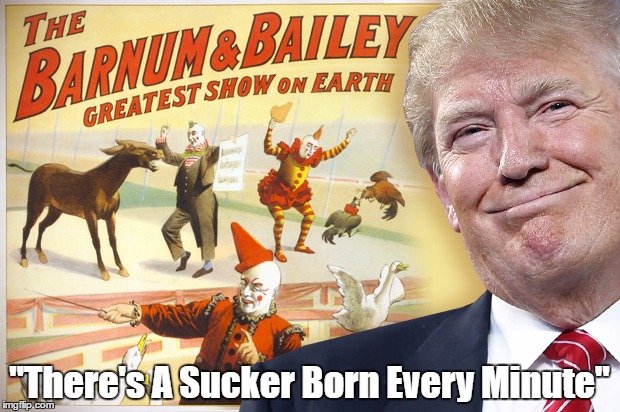
No comments:
Post a Comment